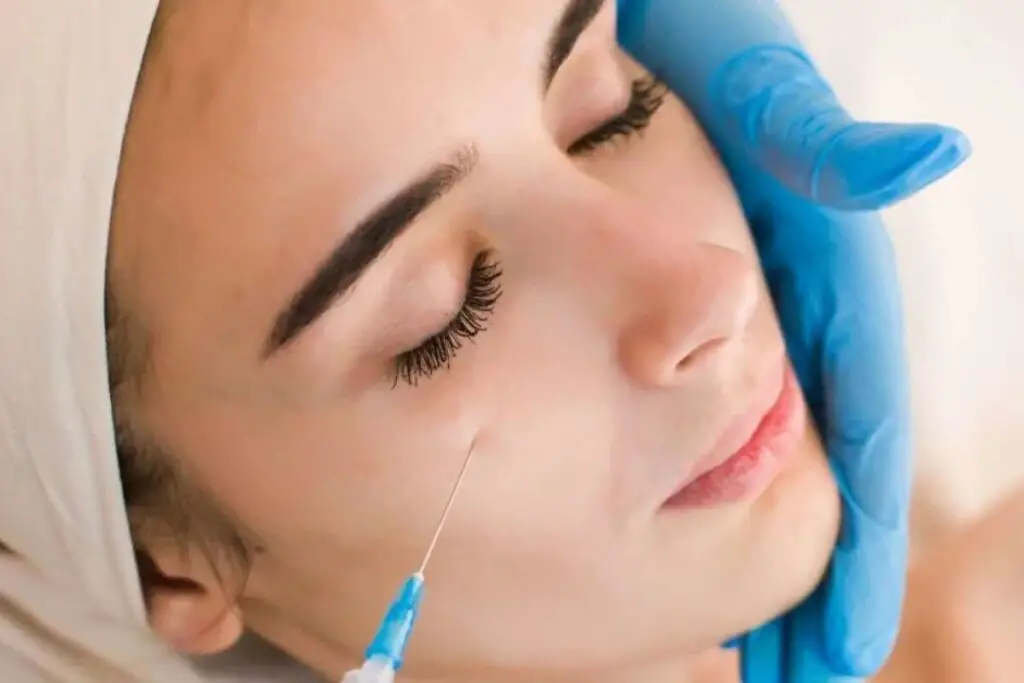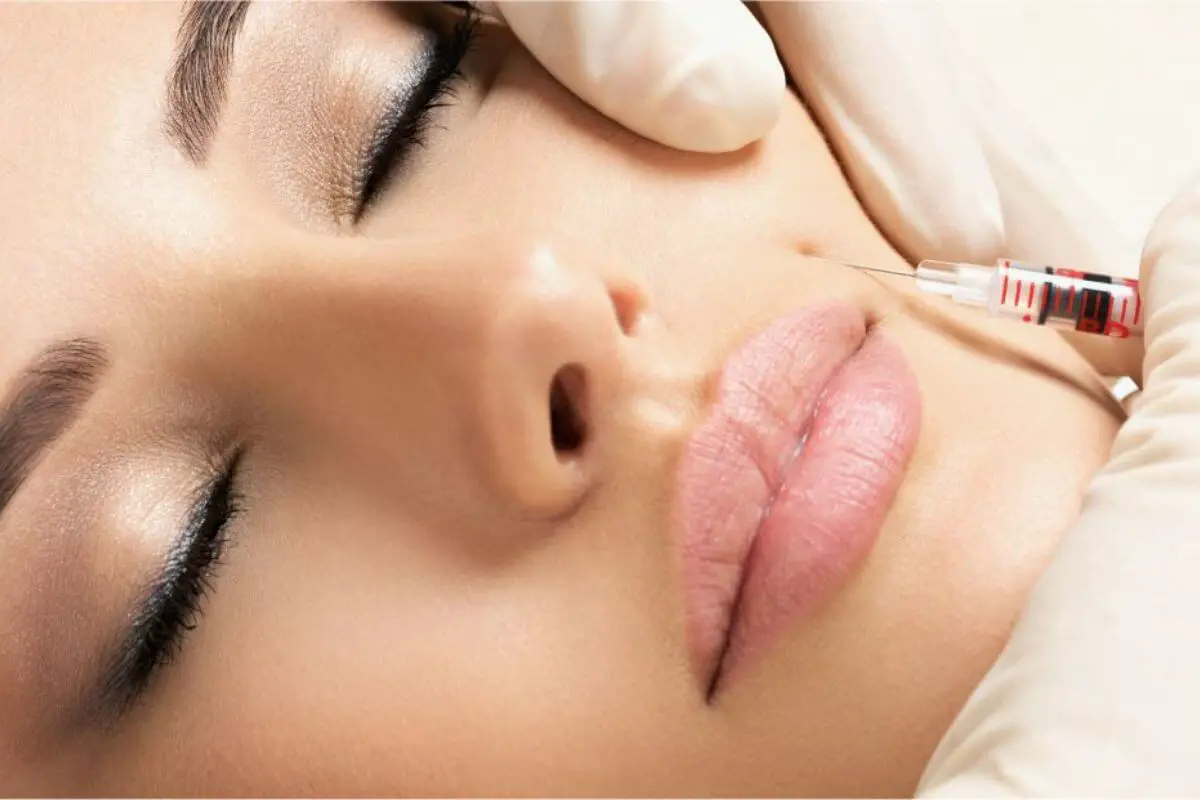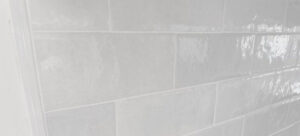Botox, a popular cosmetic procedure used to reduce the appearance of wrinkles and fine lines, is a minimally invasive treatment that has revolutionized the world of anti-aging. While it offers promising results, patients often have questions about the aftercare, and one common concern is whether they can take a bath after receiving Botox. In this comprehensive guide, we will explore the do’s and don’ts of post-Botox care to help you make informed decisions and ensure the best possible results.
Understanding Botox Treatment
Botox, short for Botulinum Toxin, is a widely known cosmetic procedure used to diminish the appearance of wrinkles and fine lines. As one of the most popular non-surgical treatments in the field of aesthetics, it’s crucial to understand the ins and outs of Botox before deciding if it’s the right choice for you. In this comprehensive overview, we will delve into the key aspects of Botox treatment, its benefits, safety considerations, and what to expect during and after the procedure.
The Basics of Botox
Botox is a neurotoxin produced by the bacterium Clostridium botulinum. It works by temporarily blocking nerve signals in the muscles where it’s injected. When used in cosmetic treatments, it relaxes specific facial muscles, reducing their ability to contract. This, in turn, smooths out wrinkles and lines caused by muscle movements.
Benefits of Botox
Botox treatment offers a range of benefits, making it a popular choice for those seeking a non-surgical approach to facial rejuvenation:
1. Wrinkle Reduction
Botox effectively reduces the appearance of dynamic wrinkles—those formed by repeated muscle movements. Common areas for treatment include crow’s feet, forehead lines, and frown lines.
2. Non-Invasive
Botox is a non-invasive procedure, meaning it doesn’t require surgical incisions. This reduces the risks associated with surgery and leads to minimal downtime.
3. Quick Procedure
A typical Botox treatment can be completed in a matter of minutes. This convenience is especially appealing to individuals with busy lifestyles.
4. Natural-Looking Results
When administered by a skilled provider, Botox yields natural-looking results. The treatment allows you to maintain facial expressiveness while reducing the appearance of wrinkles.
5. Temporary Effects
Botox effects are temporary, typically lasting three to four months. This allows patients to evaluate the results and decide if they want to continue the treatment.
The Botox Procedure
Understanding what to expect during a Botox procedure is essential for anyone considering treatment:
1. Consultation
Before receiving Botox, you’ll have a consultation with a qualified provider. During this consultation, your goals and expectations will be discussed, and a personalized treatment plan will be created.
2. Injection
The Botox provider will use a fine needle to inject the toxin into specific facial muscles. The number of injections and their locations will depend on the areas being treated.

3. Discomfort
Most patients report minimal discomfort during the procedure. Some providers use ice or topical numbing creams to make the experience even more comfortable.
4. Immediate Recovery
Following the Botox treatment, you can resume your daily activities almost immediately. However, some post-treatment guidelines should be followed for the best results.
Post-Botox Care
After Botox treatment, there are specific recommendations to ensure optimal results:
1. Avoid Touching the Treated Area
For at least six hours post-treatment, it’s essential to refrain from touching or rubbing the treated areas to prevent the toxin from spreading to unintended muscles.
2. Stay Upright
Remaining in an upright position for the first few hours post-treatment helps avoid the dispersion of the Botox toxin. Avoid lying down or bending over excessively.
3. Avoid Strenuous Exercise
Strenuous physical activity should be avoided for at least 24 hours after the procedure to prevent the spread of the Botox toxin.
Botox is a popular and effective cosmetic treatment that offers numerous benefits for individuals looking to reduce wrinkles and achieve a more youthful appearance. Understanding the procedure, its benefits, and the importance of post-Botox care is essential for a successful experience.
Before considering Botox, consult with a qualified provider to discuss your goals and ensure the treatment aligns with your expectations. With proper guidance and care, Botox can provide natural and satisfying results.
Immediate Aftercare
After receiving a Botox treatment, it’s crucial to follow specific guidelines for immediate aftercare to ensure the best possible results. Proper care during the initial hours and days post-treatment can help minimize any potential side effects and contribute to a successful outcome.
1. Avoid Touching or Rubbing the Treated Area
Immediately after receiving Botox injections, it’s essential to avoid touching or rubbing the treated areas. This practice should be maintained for at least six hours post-treatment. The reason for this precaution is to prevent the Botox toxin from spreading to unintended muscles. Touching or massaging the treated areas can cause the toxin to disperse, potentially affecting muscles you don’t want to relax.
2. Stay Upright
For the first few hours after your Botox treatment, it’s advisable to remain in an upright position. This means avoiding lying down or bending over excessively. By staying upright, you reduce the risk of the Botox toxin migrating to areas where it wasn’t intended to go. The goal is to keep the treatment site stable to ensure the best results.
3. Avoid Strenuous Exercise
Engaging in strenuous physical activities should be avoided for at least 24 hours following a Botox procedure. Activities that involve heavy exertion or excessive movement can lead to the dispersion of the Botox toxin. It’s essential to give your body time to settle and the treatment to take full effect without interference from vigorous exercise.
4. Be Mindful of Medications and Supplements
It’s essential to be cautious with medications and supplements that can affect bleeding or bruising. While over-the-counter pain relievers like ibuprofen and aspirin are known to increase the risk of bleeding, it’s advisable to consult your Botox provider about any specific medications or supplements you may be taking.
5. Gentle Cleansing and Skincare
If you plan to cleanse your face after a Botox treatment, it’s important to be gentle. Avoid rigorous scrubbing, massaging, or using harsh skincare products. Opt for a mild, fragrance-free cleanser and pat your face dry with a soft towel. Gentle care helps reduce the risk of irritation or inadvertent movement of the Botox toxin.
6. Report Any Adverse Reactions
While side effects following Botox treatment are generally mild and temporary, it’s crucial to be vigilant and report any adverse reactions to your Botox provider. This includes severe discomfort, unusual swelling, or any unexpected symptoms that may arise.
Immediate aftercare following a Botox treatment is a critical aspect of ensuring the success of the procedure. By adhering to these guidelines, you can minimize the risk of complications and help the Botox treatment achieve the desired results. It’s important to consult with your Botox provider for specific post-treatment instructions and to address any concerns or questions you may have.
With proper care and attention, Botox can offer the benefits of reduced wrinkles and a more youthful appearance while maintaining a high level of safety.
Bathing After Botox
Now, let’s address the common question: Can you take a bath after receiving Botox? The answer is generally yes, but with some important considerations:
1. Gentle and Lukewarm Bath
Taking a bath after Botox is typically safe, provided it is a gentle and lukewarm one. Avoid hot baths or saunas, as extreme heat can cause blood vessels to dilate, potentially impacting the distribution of the toxin.
2. Avoid Steam Rooms and Hot Tubs
Similarly, it’s best to avoid steam rooms and hot tubs for at least 24 hours post-Botox. These environments can lead to increased body heat and sweating, which may affect the efficacy of the treatment.
3. Gentle Cleansing
If you intend to cleanse your face during your bath, be gentle. Avoid rigorous scrubbing or using harsh skincare products. Opt for a mild, fragrance-free cleanser and pat your face dry with a soft towel.
4. Minimize Face Manipulation
While bathing, be cautious about excessive manipulation of your facial skin. Avoid vigorous face washing, massaging, or any activities that could dislodge the Botox.
5. Consult Your Provider
It’s always advisable to consult your Botox provider for specific post-treatment guidelines. They can offer personalized advice based on your unique situation and the specific type of Botox used.
Conclusion
In conclusion, taking a bath after Botox is generally safe, as long as you follow specific precautions. Gentle bathing and avoiding extreme heat are key factors to consider. Botox is a widely accepted and effective cosmetic treatment, but ensuring the best results requires responsible aftercare.
Ultimately, consult with your Botox provider for personalized guidance and adhere to their recommendations for optimal results and a youthful, refreshed appearance.
FAQs
Can I take a hot bath after Botox?
It’s best to avoid hot baths, saunas, and hot tubs for at least 24 hours after receiving Botox. Extreme heat can affect the distribution of the Botox toxin.
Can I use skincare products on my face after Botox?
You can use gentle, fragrance-free skincare products after Botox. However, avoid vigorous scrubbing or massaging your face to prevent dislodging the Botox.
Can I exercise or engage in strenuous activities after Botox?
Strenuous exercise should be avoided for at least 24 hours after Botox. Excessive movement can lead to the dispersion of the Botox toxin.
Is it safe to take a bath the same day as getting Botox?
A gentle and lukewarm bath on the same day as receiving Botox is generally safe. However, it’s essential to avoid hot baths or extreme heat.
Are there any specific products I should avoid on my face after Botox?
Avoid harsh skincare products or those containing abrasive ingredients. Opt for mild and fragrance-free cleansers and moisturizers to minimize the risk of irritation.



